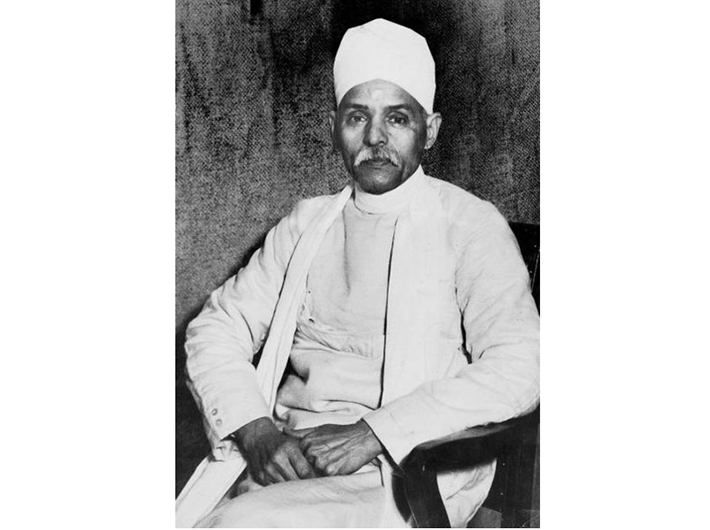Revisiting Madan Mohan Malviya’s legacy in the context of National Education Policy
In recent times, the National Education Policy (NEP) 2020 is probably among the very few policies that have steered collective envisioning to redesign the education system in India. It is undoubtedly an example, both in terms of policy formulation and policy direction. While the NEP envisages turning around India as a Vishwa Guru, its genesis is as old as 100 years, if not more. Evidence of well-known universities of excellence in Nalanda and Takshashila exists, what is not or less experimented with is Indian visionaries and their thoughts that advocated for foundations of universities during the independence movement. One such policy ignorance in the last 75 years of India’s independence – reason unknown, consequences well-known – is “Mahamana and his vision of India”. What if Indian policymakers had realised and rebuilt policies and practices, on the foundation that was deliberated more than 100 years ago?
Indian policymakers have seldom counted the cost of illiteracy as policy inaction. Undoubtedly, policy ignorance has perpetuated a wicked problem with irreversible cost to the Indian states and society with multiple problems resulting in structural marginalisation. It was only after 97 years of attempts to make legislation for free compulsory and universal education, India’s 86th amendment in the Constitution passed the ‘Right to Free and Compulsory Education Act’ in 2009. In 1912 on the 19th of March, Mahamana Madan Mohan Malviya supported Gokhale's Education Bill for compulsory elementary education. He said, “Mr. Gokhale has shown that it would take 115 years if we continue to proceed at the rate we are proceeding, for India to see every boy of school going age to be in school and 665 years to see every girl of school going at school.”
Mahamana was not too far from policy prediction. According to the National Statistical Office data, in 2021, the average illiteracy rate remains at 22.30 percent, with an inequitable male-female literacy rate gap of 14.40 percent, approximately 30 percent of female illiteracy rate still exists. More than policy inaction that created irreversible costs and consequences, what is more, important for policymakers of today is to realise the factors behind policy paralysis. The factors that impede policy formulation remain unaltered, even after 75 years of Independence.
In 1912, according to Mahamana, “who opposed the education policy, were broadly divided into three classes: 1. those who opposed ‘universal’ education because it will introduce ‘compulsory’ education. Often opposition grounded in a sense of loss of distinctive social-political and religious identity; 2. Those who agree to universal education but disagree to make it compulsory and, 3. are the class of opponents to the legislation who agree with education to be ‘universal and compulsory’, but think that condition (time or resources) is not yet appropriate for implementing the policy. While compulsory, universal, and policy condition remains factors behind current policy inaction, it’s the visionaries like Mahamana who could overcome current challenges and create a policy window for the future.
One such window opened more than 100 years ago. In 1916, the multidisciplinary Banaras Hindu University (BHU) was founded offering teaching in agriculture, Sanskrit, medicine, and many more disciplines. According to Mahamana, the multidisciplinary BHU was set up in contrast to all the five existing universities in India operating more as “examining universities”. Even after 106 years of BHU, today, we have 1,043 universities, 42,343 colleges, and 11,779 standalone institutions in India. Only 16.6 percent of the colleges have enrolment less than 100 students and only 4 percent of colleges have an enrolment of more than 3,000 students. More so when merely 2.7 percent of colleges run Ph.D. level programmes and 35.04 percent of colleges run post-graduate level programmes.
Therefore, NEP 2020 had no option but to envisage promoting ‘Multidisciplinary Education and Research Universities’ (MERU) by transforming standalone institutions into multidisciplinary universities. With the policy push in coming years, it is expected to create MERUs, it's only time that would testify this MERUs remain ‘examining’or 'experimenting' centers of excellence.
Though the policy paradigm from pre-to-post independence has shifted drastically, the policy debate at the time of setting up the BHU, especially the mobilisation of financial resources and governance that is respected by society remains a critical policy concern today. Education entrepreneurs, public or private, struggle to mobilise resources and maintain accountable governance. Often, the right to the governance of academic universities is inherently established with the ability to financial support. The BHU is the testimony of the convergence of mind, money and management for the creation of the university.
Another critical factor of policy contestation is evidence and experience. On the evidence of policies to address poverty, referring to his critique at the Congress of 1900, Mahamana remarked “whether statisticians may believe it or not, we prefer to rely on the evidence afforded to us by our senses, upon the experience which we acquire by living and being in the midst of the people.” More than ever in the last 75 years, India had substantive evidence on out-of-pocket expenditure to establish a link between poverty and education. India probably lacked experienced policy advocates to convert it into policy. Mahamana’s views were not limited to education and poverty; his thoughts prevailed across several issues to promote a progressive nation. On self-reliant India, he stated, “I beg to record my strong opinion that in the matter of industry, first the local products must be utilised, second, new industries should be introduced, and third, the profits from such industries must remain in the country.” Be it economy or education, the vision of this man remains a dream to cast on the drawing table of the policymakers.
Mahamana was born in Allahabad on December 25, 1861. He became an English teacher at school and an editor of Hindustani (a daily Hindi newspaper) at the age of 25. In 1891 he passed the pleadership examination of the Allahabad court and took LLB from the Allahabad University. In 1880, he founded ‘Hindu Samaj of Allahabad’, a socio-political association to bring cohesion within stratified Hindu castes and went on to organise a conference in 1885, a few months before the convening of the Indian National Congress. In 1902, he became a member of the Local Legislative Council. He died in 1946, just before the independence.
Unfortunately, stuck in the cycle of death and rebirth, it took more than 100 years for policymakers to reincarnate his dream in the education policy. To break the cycle of policy paralysis, it would be pertinent for policymakers to deliberate on the foundations of Indian universities to drive administrative ease and academic access for the realisation of the vision and mission of becoming a ‘Vishwa Guru’. To become Vishwa Guru, India and the world at large need every student and professor, and leader in academics to become a Mahamana.
‘Mahamana’ – a man of luminous mind and magnanimous heart – is the title given to him by none other than Gurudev Rabindranath Tagore. The man was Madan Mohan Malviya - “Mahamana”.

